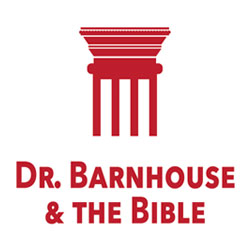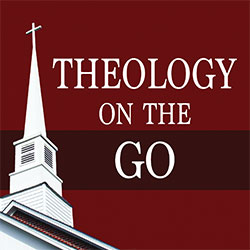 Reformation Scotland Trust was formed in 2013. Their stated aim is “to promote the restoration of the Christian Church in Scotland, by informing, educating and promoting understanding of the attainments of the Second Reformation in Scotland.” That is an aim that I’m sure many readers of Meet the Puritans would support. I encourage you to check out the Trust’s attractive website and well-produced publications.
Reformation Scotland Trust was formed in 2013. Their stated aim is “to promote the restoration of the Christian Church in Scotland, by informing, educating and promoting understanding of the attainments of the Second Reformation in Scotland.” That is an aim that I’m sure many readers of Meet the Puritans would support. I encourage you to check out the Trust’s attractive website and well-produced publications.
The booklet begins with some sobering statistics. Among UK evangelicals only 40% of families pray together daily and only 15% read the Bible together daily. The situation is probably similar in other countries. For Reformation Scotland that is a great concern, as they echo the words of J.W. Alexander that when family worship “languishes and goes into decay” then “error and worldliness make inroads upon the church.” By contrast, a return to family worship is “one of the prominent symptoms of a recovery, whereby the gospel resumes its power.” The aim of this little work, then, is to encourage a return to family worship. It does this by providing a brief introduction to family worship and then by reproducing modernised and simplified versions of two classic guides to Family Worship. The first is The Directory for Family Worship approved by the Church of Scotland in 1647 and often printed with the Westminster Standards. The second is another work approved by the Church of Scotland, this time in 1639, entitled Family Exercise, or, The Service of God in Families.
A Practical Guide
The introduction covers some helpful practical ground. It highlights the biblical basis for family worship (e.g. Deut. 6:5-9; Acts 10:2; 1 Cor 7:5; 1 Pet. 3:7). In particular there is a focus on the biblical emphasis that we are not to “love the Lord our God with all our heart, soul and might” simply as individuals (though that is vital!) but also as families.
Beyond that, simple instructions are given for conducting family worship. There should be prayer, praise (from the Psalter) and the reading of Scripture. There should also be time for discussion as (ideally) the father leads in explaining or applying scripture. Children should be engaged, and the times made memorable for them. Where help is needed the local church (through its office bearers) should give practical help and guidance. These themes are enlarged on in the two works reprinted in the booklet.
The Directory
The 1647 Directory for Family Worship has been skilfully updated and simplified in this booklet. It again covers many areas simply and practically. The importance of family worship is restated. The format of prayer, praise, scripture reading and discussion/catechising is again commended. The important role of the head of the home is again highlighted.
All this is helpful, but perhaps the most stirring section of the directory is on “Matters for Prayer.” Whilst acknowledging that “set form of prayer” is permissible the directory encourages extemporaneous prayer, and its guidance on the contents of such prayers are eminently spiritual and helpful. Areas such as confession of sin, thanksgiving, supplication and intercession are briefly covered and provide good reminders of the contents of prayers for family worship. There is a beautiful closing though that family prayer is to conclude “with assurance that they themselves are accepted, and what they have asked according to his will shall be done.”
Family Exercise, or, The Service of God in Families
The booklet closes with the 1639 Family Exercise, or, The Service of God in Families. This work is short, and is more general. It highlights the duties of elders to promote family worship by example and by encouragement. But it also highlights the need for families to tailor their family worship to their experiences in providence.
In essence families are called to be sensitive to the fact that at times they will need to focus on stirring one another up, at other times, admonishing one another in love, at other times they will need to comfort and counsel one another. This is a helpful reminder of the various spiritual conditions we may be in, and the need to deal gently and appropriately with one another.
Conclusion
This is a beautifully produced and attractively set out booklet. The truths contained in it have, if put into practice, the potential to be a great blessing to families, and through them to the church. It deserves a wide readership.
This post has been sponsored by the Reformation Scotland Trust.

 Reformation Scotland Trust was formed in 2013. Their stated aim is “to promote the restoration of the Christian Church in Scotland, by informing, educating and promoting understanding of the attainments of the Second Reformation in Scotland.” That is an aim that I’m sure many readers of Meet the Puritans would support. I encourage you to check out the Trust’s attractive website and well-produced publications.
Reformation Scotland Trust was formed in 2013. Their stated aim is “to promote the restoration of the Christian Church in Scotland, by informing, educating and promoting understanding of the attainments of the Second Reformation in Scotland.” That is an aim that I’m sure many readers of Meet the Puritans would support. I encourage you to check out the Trust’s attractive website and well-produced publications. 























